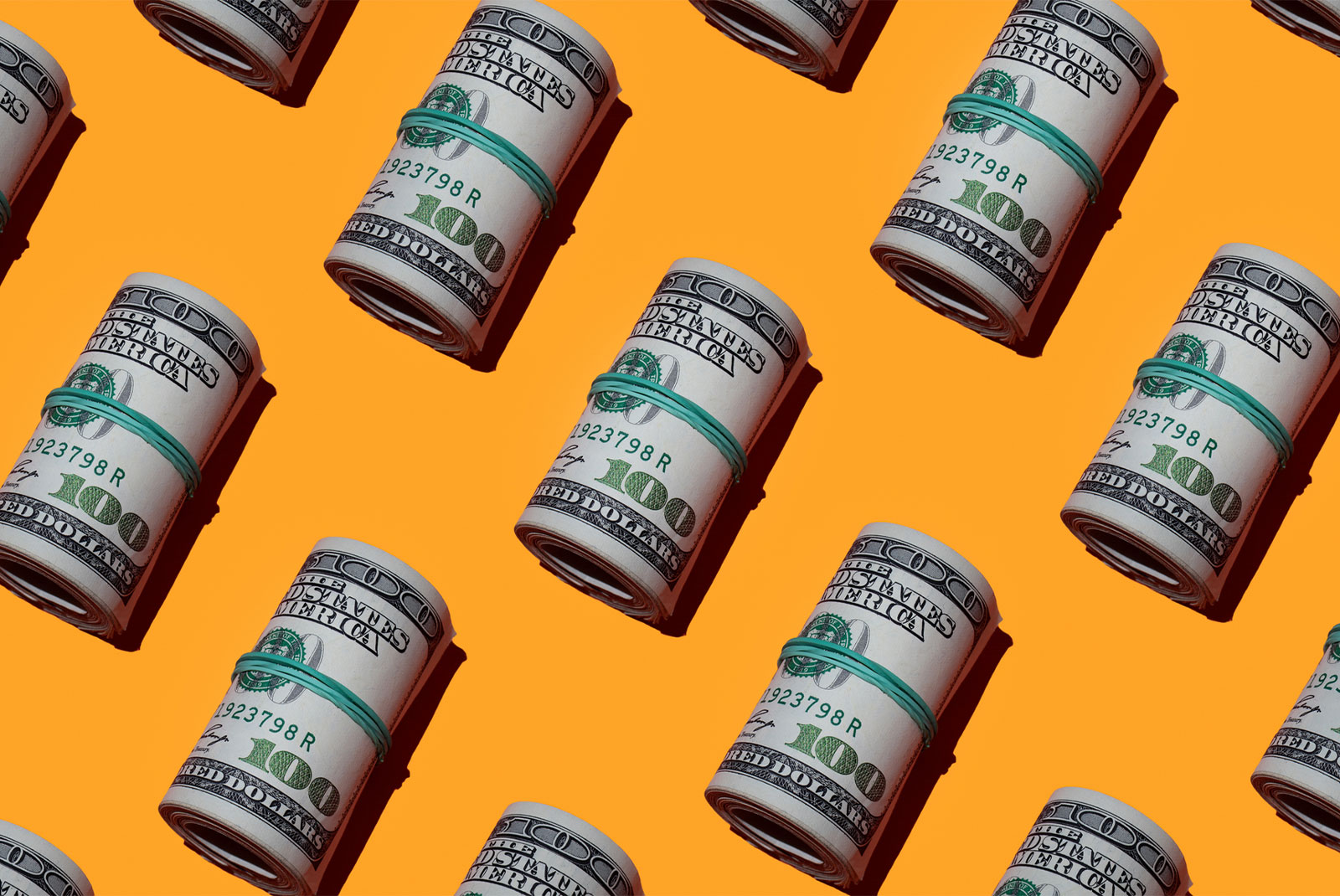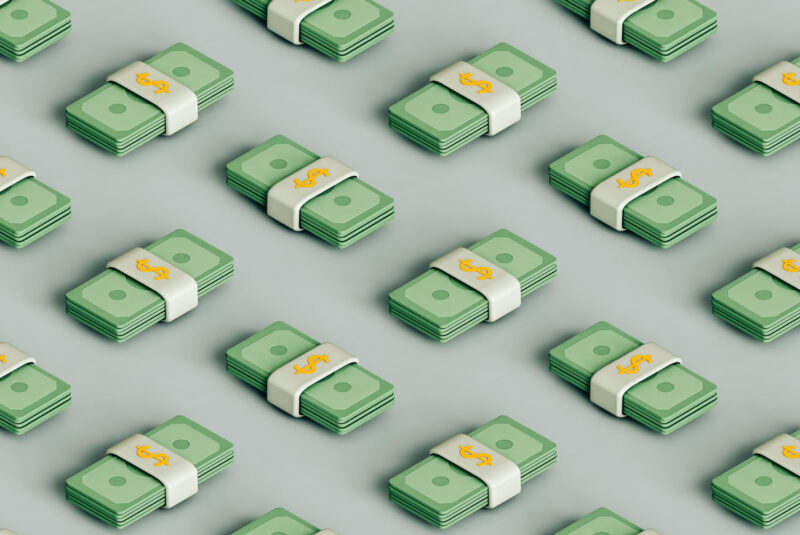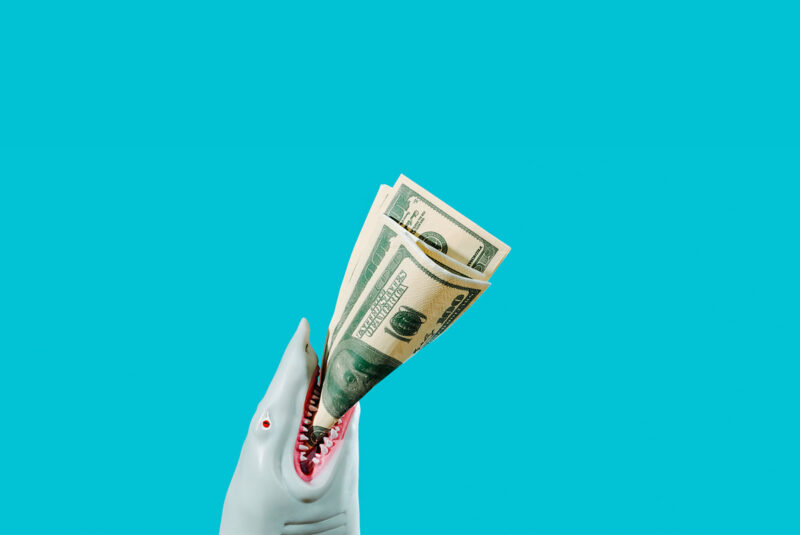If you’re dealing with debt, you’re not alone. According to the Consumer Financial Protection Bureau (CFPB), from 2018 – 2020, Americans spent over $120 billion per year on credit card fees and interest.[1]
The good news? You may be able to get some financial relief. Read on to learn about debt relief programs and debt relief options, how they work, when to consider them and more.
What Is Debt Relief?
Debt relief is the practice of implementing financial solutions to reduce the amount of debt you owe or make your debt more manageable so you can pay it off. The overall goal of debt relief is to resolve your debt so you can become debt-free.
The type of debt relief you choose can depend on your financial situation. You may be keeping up with payments, but want to lower your total debt so you can pay less each month or get out of debt faster.
Or maybe you’re behind on your debt payments to one or multiple creditors and are concerned about being hounded by collection agencies, having property repossessed or needing to declare bankruptcy.
Wherever you stand financially, it’s essential to consider the benefits and risks associated with the debt relief option you choose.
Types of Debt Relief Programs
Your financial circumstances may dictate your debt relief program. But knowing all of your options can help you make the best decision.
Common debt relief options may include DIY debt relief, debt consolidation, credit counseling, debt management plans (DMP), debt settlement or bankruptcy.
Do-it-yourself debt relief
Sometimes, it just takes a little motivation to organize your finances and create a plan to pay off your debt. If your debt is manageable, doing it yourself may save you time and money.
You can utilize some debt relief strategies, like negotiating with your creditors to lower your interest rate and other fees. Here are some helpful tips to consider:
- Review your finances, including your assets and liabilities.
- Create a monthly payment plan based on your budget to see what you can afford to pay.
- Contact your creditors to explain your financial situation and inform them of what you can pay monthly. See if they’re willing to lower your interest rate and other fees or adjust your payments to make the debt more manageable.
- Stay on top of your credit and repayment plan by making on-time payments.
Communicating about your financial hardship with creditors – instead of dodging calls – can be very helpful. You may be surprised by how much they’re willing to work with you. Some creditors may offer debt forgiveness programs where they agree to let you off the hook for all or part of your outstanding debt.
Debt consolidation loans and credit card balance transfers
Debt consolidation is a way to take all of your debt and lump it into a single monthly payment using personal loans and credit card balance transfers.
If you use a personal loan for debt consolidation, you’ll have to apply for new credit. Good credit helps, but less-than-good credit doesn’t necessarily keep you from qualifying. Just make sure you understand the terms before you apply.
If you use a balance transfer card, you may qualify for a 0% APR for 6 – 18 months. However, your interest rate can jump quickly afterward, so you’ll want to pay off your balance before that happens.
Debt management plan
A debt management plan (DMP) is usually offered through non-profit credit counseling agencies. After reviewing your credit history, debt, budget and other important information, a credit counselor works with you to create a budget. Then, they’ll negotiate a debt payoff plan with your creditors.
However, instead of paying your creditors directly, you’ll send the credit counseling agency a single monthly payment to cover your debts. The credit counseling agency then sends the payments to your creditors. Some DMPs may require that you don’t take on any new credit while enrolled in the program.
The National Foundation for Credit Counseling can help you find a credit counseling agency. You can also check the Federal Trade Commission (FTC), which provides credit counseling and debt settlement information.
Debt settlement
Debt settlement is when debt is negotiated with debtors to reduce the total you owe. Debt settlement companies offer to negotiate with your creditors so you can make a one-time payment for less than you currently owe, thereby “settling” the outstanding debt.
Some debt settlement companies suggest you stop paying debt collectors altogether and instead put those payments in a savings account specifically for paying off your settlement. While this may help you eventually save enough to pay back your debt, the missed payments can result in late fees, a steeper debt balance and can harm your credit.
If you choose to work with a debt settlement company, double-check its legitimacy and review all the terms and conditions so you can be financially prepared. Double-check with your creditor to ensure the debt settlement company provides the correct information.
Things to Consider Before You Apply for Debt Relief
While debt relief programs may work for some, they won’t necessarily work for everyone. They can even leave you in worse financial shape than when you started.
Educating yourself on the risks involved with debt relief programs may help you prepare yourself for paying off your debt. Some things to consider:
Watch out for scams
There are many scams out there when it comes to paying off debt. You may come across debt settlement companies that promise to get rid of all your debt. However, debt settlement companies that make such big claims may require you to pay a substantial fee for their services. Other red flags may include:
- They claim to remove or fix unfavorable credit from your credit report.
- They require payment upfront to eliminate half of your debt or stop debt collection calls.
- They charge you fees to receive information about their services.
Generally, if it sounds too good to be true, it most likely is. If you decide to work with a debt relief company, it’s essential to check with the Better Business Bureau and your State Attorney General to ensure the business or debt relief program is legit.
Pay attention to fees
Whichever debt relief service you choose, consider the fees of each service. A debt consolidation loan may come with costs, and while credit counseling companies offer free services, a debt management plan may require you to pay an initial and monthly fee. In addition, a debt settlement program can charge as much as 25% of your total debt.
Watch the interest
If you’re considering a debt consolidation loan, make sure you compare your new interest rate with the interest rate of your current loans. If the difference is negligible, consolidation may not help as much as you hope it will.
Program length
Some debt relief options may require you to avoid taking on any new debt until you complete the program, which may take years. Also, the longer the repayment period, the more you’ll likely pay in interest over time.
Tax implications
It may seem absurd that your debt can be taxed. But according to the Internal Revenue Service (IRS), if you’re able to reduce your total debt through methods like debt settlement, the amount you save may be considered income. When that happens, the IRS may decide you need to pay taxes on it.
How Does Debt Relief Affect Credit?
Each debt relief option can affect your credit differently. But overall, you may see a temporary change in your credit score.
While paying down debt faster or consolidating may improve your credit score, debt settlement can hurt your credit and stay on your report for up to 7 – 10 years. This can make it hard to move forward financially if you want to get approved for other loans or financial opportunities.
The negative impact on your credit won’t last forever. Your commitment to responsible habits and reviewing your debt relief options can help keep you on the right track.
When To Consider Bankruptcy Instead of Debt Relief
When you’ve weighed all the possibilities and nothing else helps, you may consider filing for bankruptcy. Bankruptcy can halt debt payments, foreclosure on your home, eviction, property repossession and other serious matters.
- Chapter 7 bankruptcy: Chapter 7 can wipe away your unsecured debts by liquidating some of your assets to pay off what you owe. This form of bankruptcy may take 4 – 6 months, but you may be required to have a lower income.
- Chapter 13 bankruptcy: Chapter 13 can help you keep your possessions while adhering to a repayment plan of 3 – 5 years to pay off your debt. However, there are limitations on how much debt you can have, and you must ensure your income can cover the payment plan.
Some forms of bankruptcy may be faster than certain types of debt relief, like debt settlement. Although, it should only be considered a last resort once you’ve exhausted all of your options.
Your credit can take a severe hit by filing for bankruptcy and can stay on your credit for 7 – 10 years. This may affect your ability to get approved for new loans, an apartment and job eligibility.
Before going through with bankruptcy, speak with a bankruptcy attorney to review the requirements, as well as the benefits and risks of filing.
Under Pressure and Just Need a Little Relief
Wherever your finances lead you, it’s essential to do your research and review the details of each debt relief option and the benefits and risks to determine what’s best for you.
Debt relief is difficult for some, but sticking to your chosen debt relief plan, speaking with your creditors, and committing to rebuilding your credit can help you see the light at the end of the tunnel.
The Short Version
- Debt relief is the practice of implementing financial solutions to reduce the amount of debt you owe or make your debt more manageable so you can pay it off
- Common debt relief options may include DIY debt relief, debt consolidation, credit counseling, debt management plans (DMP), debt settlement or bankruptcy
- While debt relief programs may work for some, they won't necessarily work for everyone. They can even leave you in worse financial shape than when you started
Consumer Financial Protection Bureau. “Americans pay $120 billion in credit card interest and fees each year.” Retrieved August 2022 from https://www.consumerfinance.gov/about-us/blog/americans-pay-120-billion-in-credit-card-interest-and-fees-each-year/




